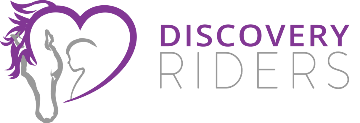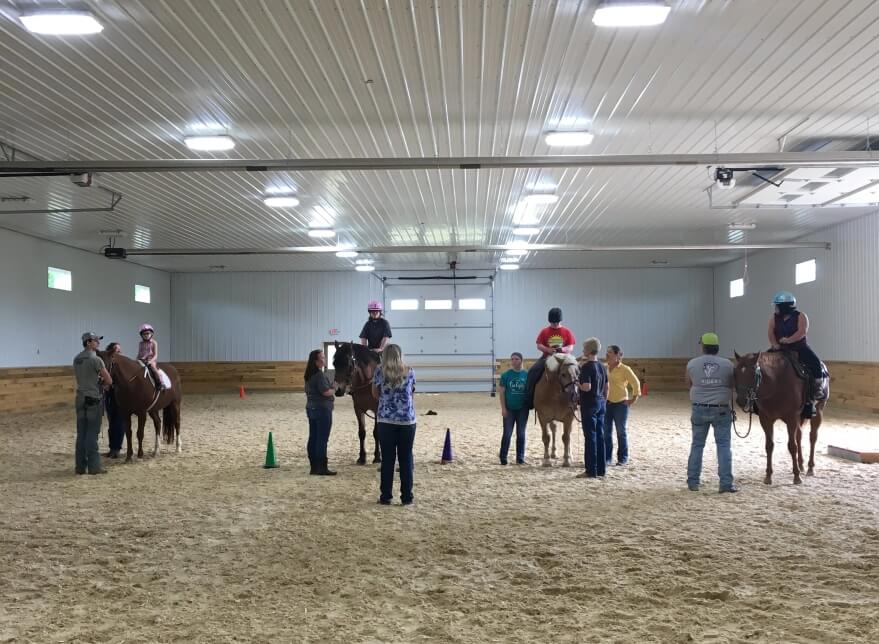
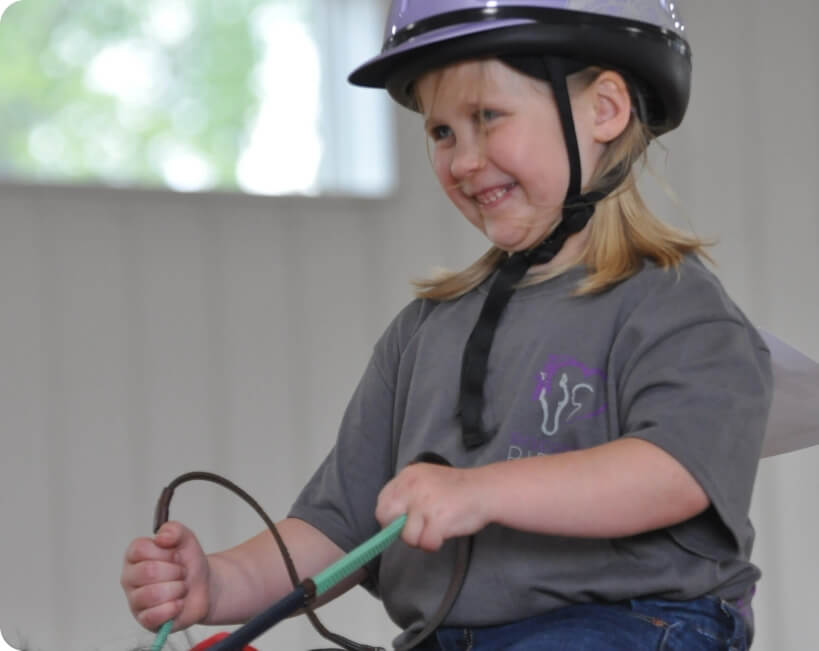
Transformative Equine-Assisted Riding for Physical and Emotional Growth
Our riding program is designed to support individuals with physical, cognitive, and social-emotional disabilities. Starting at age four, participants work on horsemanship skills while experiencing the physical and emotional benefits of riding. The rhythmic movement of the horse helps to improve balance, coordination, and core strength while also promoting self-confidence and emotional growth.
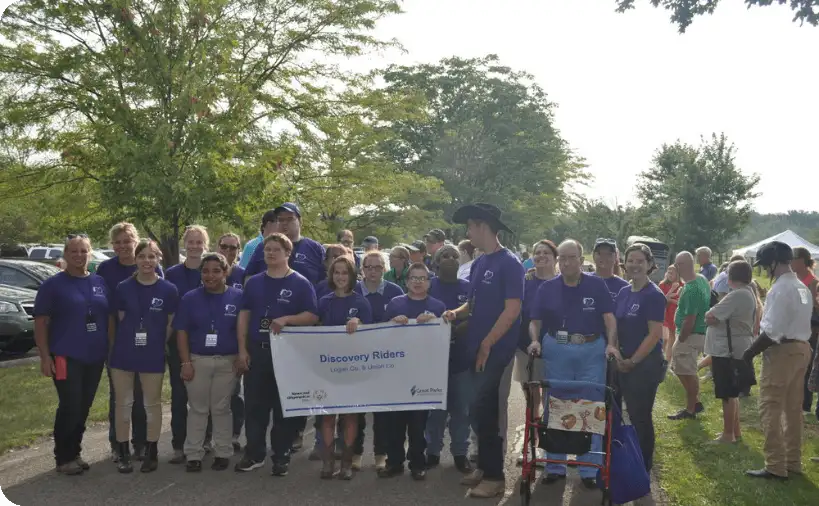
Special Olympics
Discovery Riders proudly participates in the Special Olympics, offering riders the opportunity to develop their competitive skills. Our 16-week program prepares athletes for the state competition in Cincinnati, where they showcase their abilities and dedication. We work closely with each rider to foster teamwork, confidence, and a sense of accomplishment.
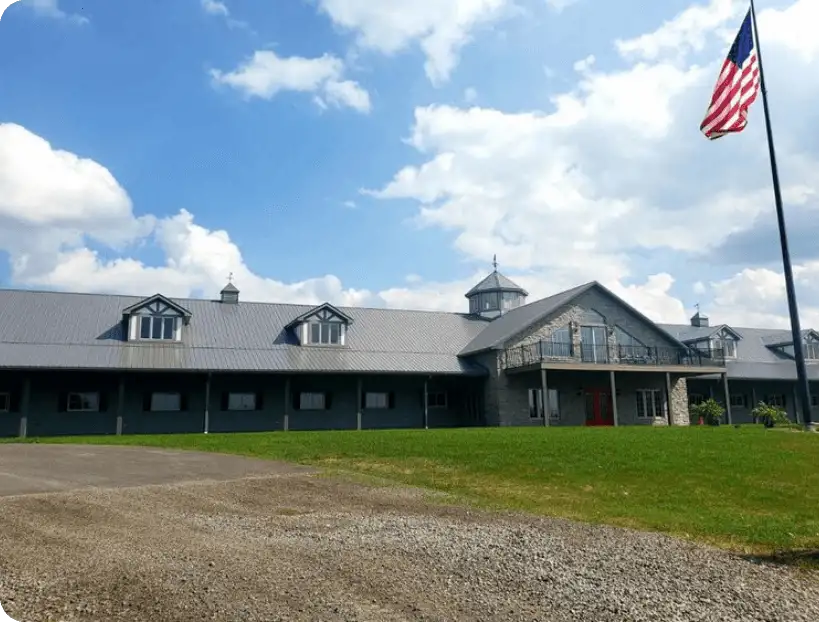
Social-Emotional Learning Program
Our Social-Emotional Learning (SEL) program provides classrooms and groups with a unique opportunity to engage in equine-assisted learning. Through structured activities with horses, students develop essential social and emotional skills, including empathy, responsibility, communication, and teamwork. Teachers are encouraged to inquire about bringing their classrooms to the barn for an unforgettable experience.
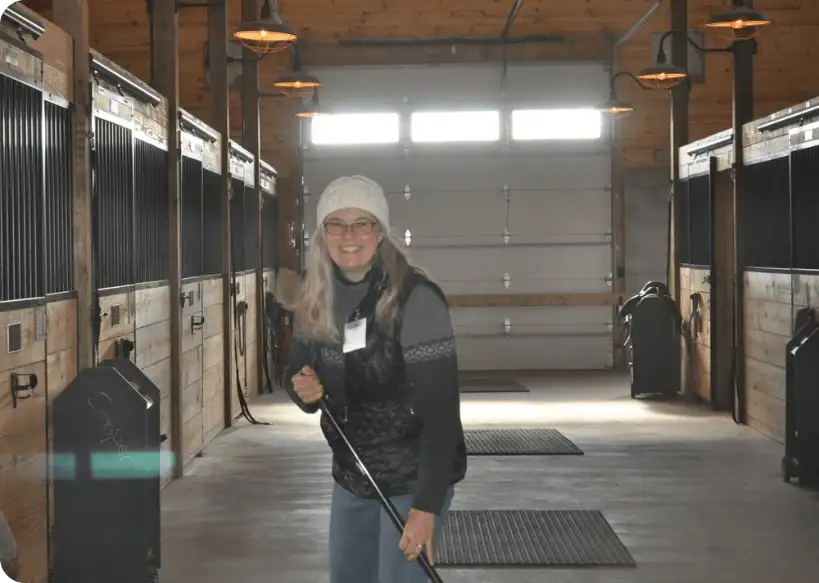
Life Skills Volunteer Program
The Life Skills Volunteer Program is open to individuals aged 15 and older who want to learn valuable skills while giving back to the community. Volunteers assist with horse care, grooming, and supporting riders during lessons. Participants develop a strong work ethic, improve their communication skills, and gain hands-on experience working with horses and people.
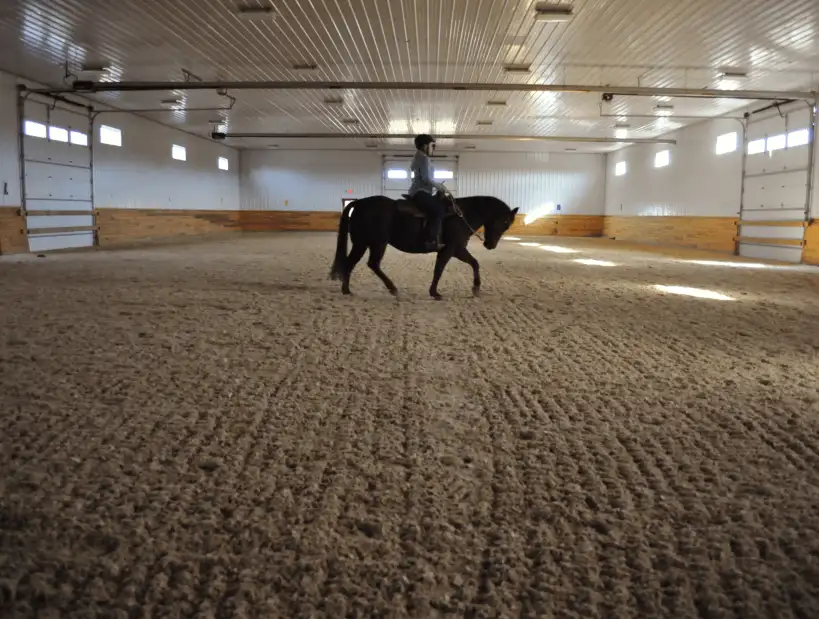
Able-Bodied Riding Lessons
Discovery Riders offers able-bodied riding lessons for those interested in developing their horsemanship skills. Our lessons are open to the public and designed to teach the fundamentals of riding, from grooming and tacking to riding techniques. Lessons are available to individuals of all experience levels, and participants can expect personalized instruction in a safe, supportive environment.
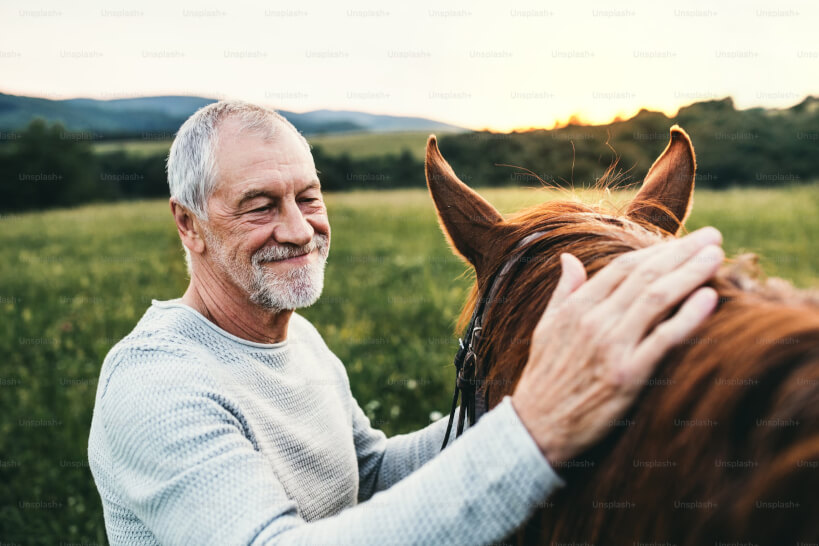
Veterans Program
Our Veterans Program is specially designed to provide veterans with the therapeutic benefits of working with horses. Under the guidance of certified PATH International instructors, veterans engage in ground activities and riding lessons, offering a unique space for emotional healing, building trust, and developing a sense of camaraderie with both horses and fellow participants.
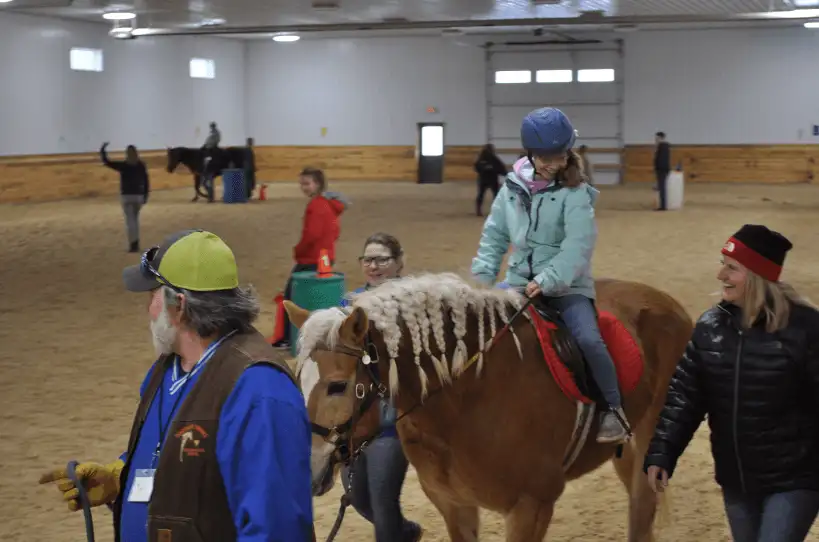
Summer Camp
Our Summer Camp provides children and teens with an immersive experience in horse care and riding. Participants learn responsibility, time management, and confidence through a series of fun and engaging activities, including riding lessons, grooming, and hands-on horse care. Campers leave with a deeper appreciation for animals and a stronger sense of self-confidence.

Transformative Therapeutic Riding for Physical and Emotional Growth
Our therapeutic riding program is designed to support individuals with physical, cognitive, and social-emotional disabilities. Starting at age four, participants work on horsemanship skills while experiencing the physical and emotional benefits of riding. The rhythmic movement of the horse helps to improve balance, coordination, and core strength while also promoting self-confidence and emotional growth.

Special Olympics
Discovery Riders proudly participates in the Special Olympics, offering riders the opportunity to develop their competitive skills. Our 16-week program prepares athletes for the state competition in Cincinnati, where they showcase their abilities and dedication. We work closely with each rider to foster teamwork, confidence, and a sense of accomplishment.

Social-Emotional Learning Program
Our Social-Emotional Learning (SEL) program provides classrooms and groups with a unique opportunity to engage in equine-assisted learning. Through structured activities with horses, students develop essential social and emotional skills, including empathy, responsibility, communication, and teamwork. Teachers are encouraged to inquire about bringing their classrooms to the barn for an unforgettable experience.

Life Skills Volunteer Program
The Life Skills Volunteer Program is open to individuals aged 15 and older who want to learn valuable skills while giving back to the community. Volunteers assist with horse care, grooming, and supporting riders during lessons. Participants develop a strong work ethic, improve their communication skills, and gain hands-on experience working with horses and people.

Able-Bodied Riding Lessons
Discovery Riders offers able-bodied riding lessons for those interested in developing their horsemanship skills. Our lessons are open to the public and designed to teach the fundamentals of riding, from grooming and tacking to riding techniques. Lessons are available to individuals of all experience levels, and participants can expect personalized instruction in a safe, supportive environment.

Veterans Program
Our Veterans Program is specially designed to provide veterans with the therapeutic benefits of working with horses. Under the guidance of certified PATH International instructors, veterans engage in ground activities and riding lessons, offering a unique space for emotional healing, building trust, and developing a sense of camaraderie with both horses and fellow participants.

Summer Camp
Our Summer Camp provides children and teens with an immersive experience in horse care and riding. Participants learn responsibility, time management, and confidence through a series of fun and engaging activities, including riding lessons, grooming, and hands-on horse care. Campers leave with a deeper appreciation for animals and a stronger sense of self-confidence.
How to Get Involved
Whether you’re interested in enrolling in a program, volunteering, or learning more about our mission, Discovery Riders offers a variety of ways to get involved. Contact us today to schedule an assessment or learn more about how you can make a difference through our equine-assisted activities.
Contact Us
To inquire about any of our programs, call us at (937) 935-6545 or email info@discoveryriders.org. We look forward to helping you find the right program for your needs!
"*" indicates required fields
